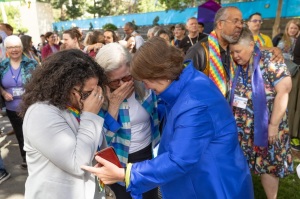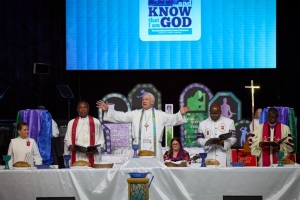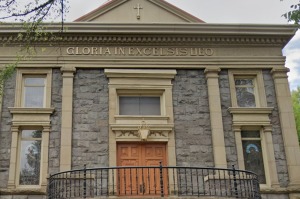'Finding Jesus' Author, Co-Creator David Gibson: CNN Series Not About Debunking Historical Jesus; Skeptics, Believers Can Find Common Ground in Artifacts (Interview)
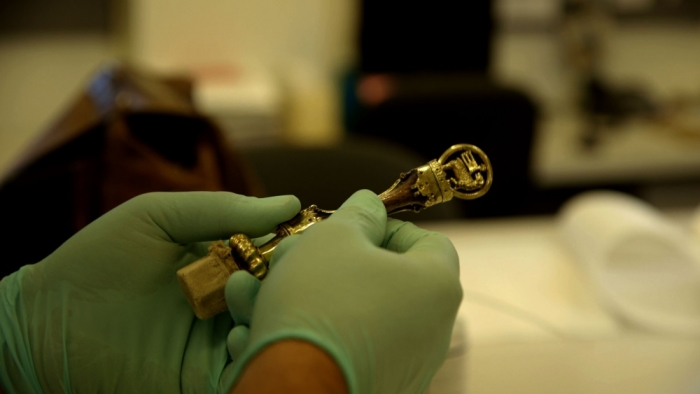
CNN's "Finding Jesus," and the associated book of the same title, which examines six purported artifacts from the time of Jesus Christ, can serve as a type of common ground between believers and skeptics, co-creator and author David Gibson said in an interview with The Christian Post.
While secular media sources often run programs about Jesus around the Easter holiday, many of these articles and programs often neglect to feature the voices of conservative and evangelical Christian scholars. This series and book, however, does not follow that trend, Gibson added.
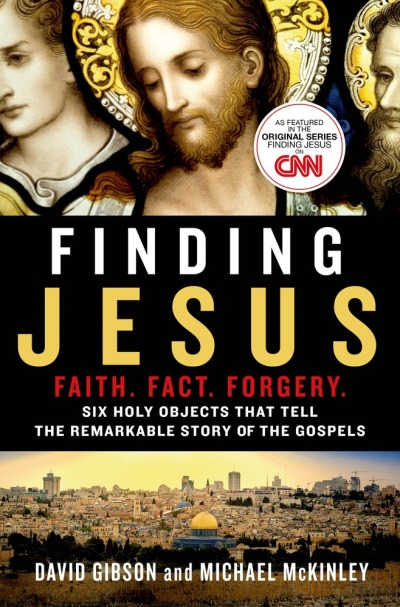
Gibson, a reporter for Religion News Service, and co-author Michael McKinley wrote Finding Jesus: Faith. Fact. Forgery.: Six Holy Objects That Tell the Remarkable Story of the Gospels as a companion to the CNN series. Gibson and McKinley were also co-creators and consulting producers for the series.
Like each chapter of the book, each episode in the series examines one of six artifacts. The first episode, premiering Sunday night at 9 p.m., is about the Shroud of Turin. Each chapter and episode seek to answer two central questions, Gibson and McKinley wrote in the introduction: "Are they real? And what do they mean?"
Here is the interview, conducted via email, with Gibson:
CP: Tell me about the origins of the book. Where did you get the idea?
Gibson: My writing partner, Michael McKinley, and I first got into biblical archeology in a serious way when we did a documentary for CNN more than a decade ago when the so-called James Ossuary came out to great notoriety. That was the limestone burial box that had the inscription, "James, son of Joseph, brother of Jesus" on it. Pow! That would have been amazing, if true — the first physical evidence of Jesus, and James, his brother, from that time. And of course it raised all kinds of questions about whether Jesus had blood brothers, and whether Mary was a perpetual virgin, as Catholics believe.
But it also raised questions about whether the inscription was authentic or a forgery. And a trial in Israel on that charge only recently wrapped up after almost a decade!
The James ossuary is one of the artifacts we discuss, but so many others have since popped up claiming something "new" and "explosive" and "revolutionary" that we wanted to take a hard look at some of them to figure out what was real, what was fake, and what they can tell us about the Jesus of history, and maybe the Christ of faith.
CP: When you started the book, did you know it would be made into a series on CNN? How did that come about?
Gibson: Yes, we actually pitched this show some years ago as a one-shot television program, and when CNN picked it up last year it morphed into a series, which is really better. There's so much to cover, and such different topics.
Once the series production started, Michael and I started in on the book, which we think is a great idea. The two are really complementary in that the series has wonderful dramatic recreations and images as well as science, and in the book we are able to go a bit more in depth into the history and theology and such.
CP: Christians generally seek to understand Jesus by reading the Gospels. You're taking a different approach with this book. Why seek to understand Jesus through historical artifacts, and the debates over the authenticity of those artifacts?
Gibson: One reason is that for so many, these artifacts — or relics, if you will — have become a kind of substitute for the Gospels. Look, people love the Gospels but don't read them that much, or don't know them as well as they think they do — that's not a criticism, that's what the polls show, at least as far as the general public goes.
But people do follow all these remarkable claims that come out in the media and on documentary shows. So we wanted to use these fascinating objects as windows onto the Gospels themselves, to see whether the artifacts are real, and what they mean. The thing is, we often found that after all the testing and research, we wound up back at the Gospel stories as the best and most reliable guides.
What we hope to do is provide more historical context and biblical knowledge so that people can read the Gospels with fresh eyes.

CP: The book has been written, it appears to me, to appeal to both Christians and non-Christians. Why do you think many non-Christians are fascinated with the life of Jesus?
Gibson: It's really true that non-Christians and non-believers are fascinated with Jesus. And why not, given his legacy, simply in terms of world history? But Jesus has a powerful message, whatever one thinks of the "church" or "religion." And I suspect there's a real desire among people who don't go to church — and many who do — to get back to the real, radical, original Christian message. We hope to be able to do that, to some extent.
Of course some skeptics also want to debunk the whole New Testament and they can be as expert on biblical archeology as anyone else.
We want to move beyond anyone's agenda, and we actually think these artifacts can be a kind of common ground between skeptics and believers — a place where you can bring the eyes of reason, whether you are a person of faith or not. It can be a shared pilgrimage of sorts to a deeper understanding. Or findings may not convince skeptics or prove the case for believers, but there's the potential for a real, constructive conversation rather than an argument.
CP: Secular media sources typically run something about Jesus every Easter. Conservative and evangelical Christians have been disappointed in some of these past episodes because their voices were excluded. Will this book and CNN series be different?
Gibson: I certainly think this book and series are different. We deliberately wanted to diversify the experts and pundits from the "usual suspects," and we have included the voices of many people of faith — rabbis, priests, pastors and scholars. It's not that hard to do!
Many of the best biblical scholars are people of faith. In the book, for example, we often cite N.T. Wright, and in the show we have Ben Witherington and the Rev. James Martin among many others.
So many programs and books about "the historical Jesus" seem to be about "debunking" for the sake of upsetting believers. We're not into that approach, and there's no need — those claims are sometimes exaggerated, or even false, and Christians by definition use the gifts of both faith and reason. They're not stupid, and there's no reason to insult them or talk down to them, or anyone. These are great stories illuminated by the latest research. We can all learn something.

















